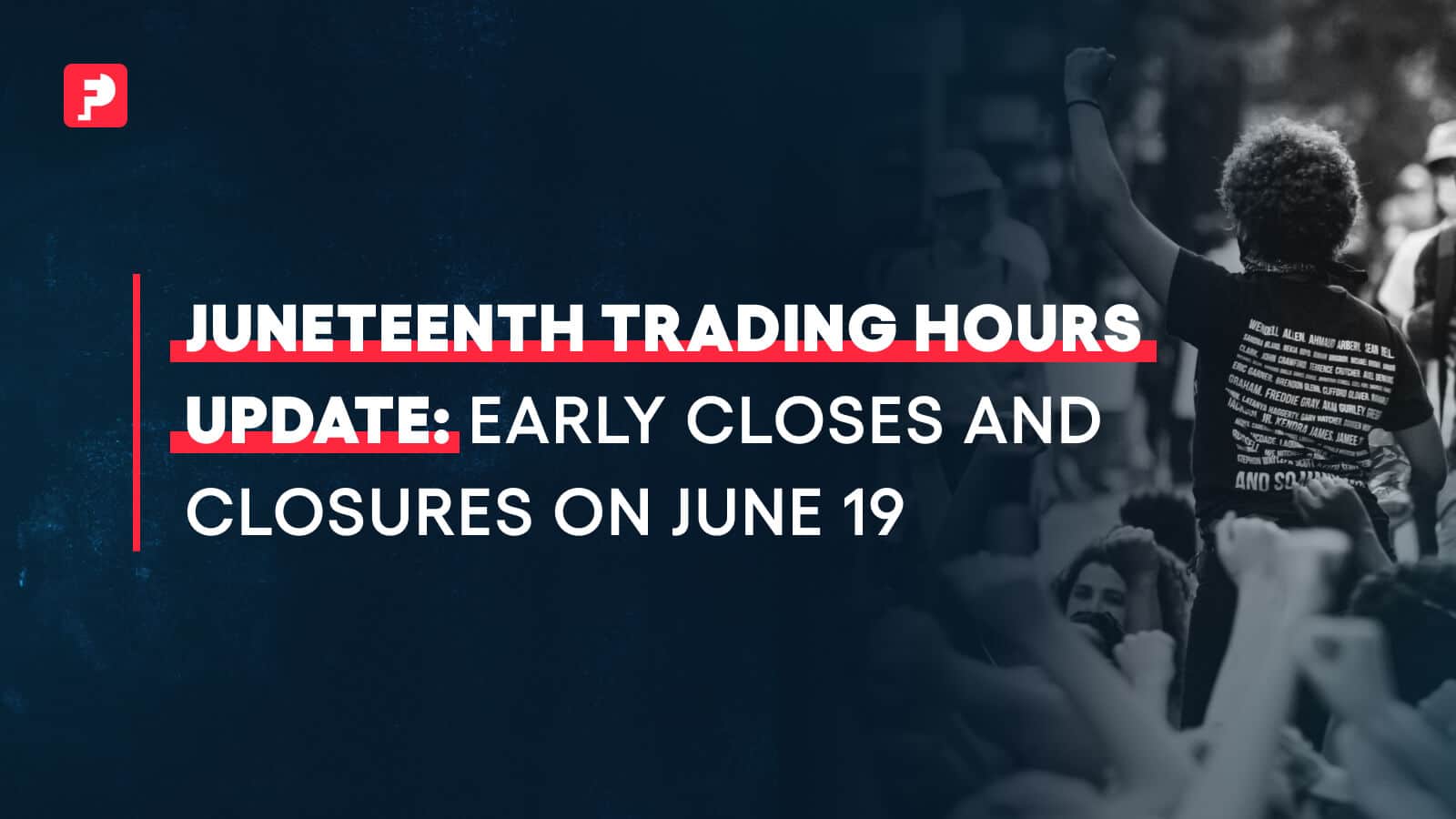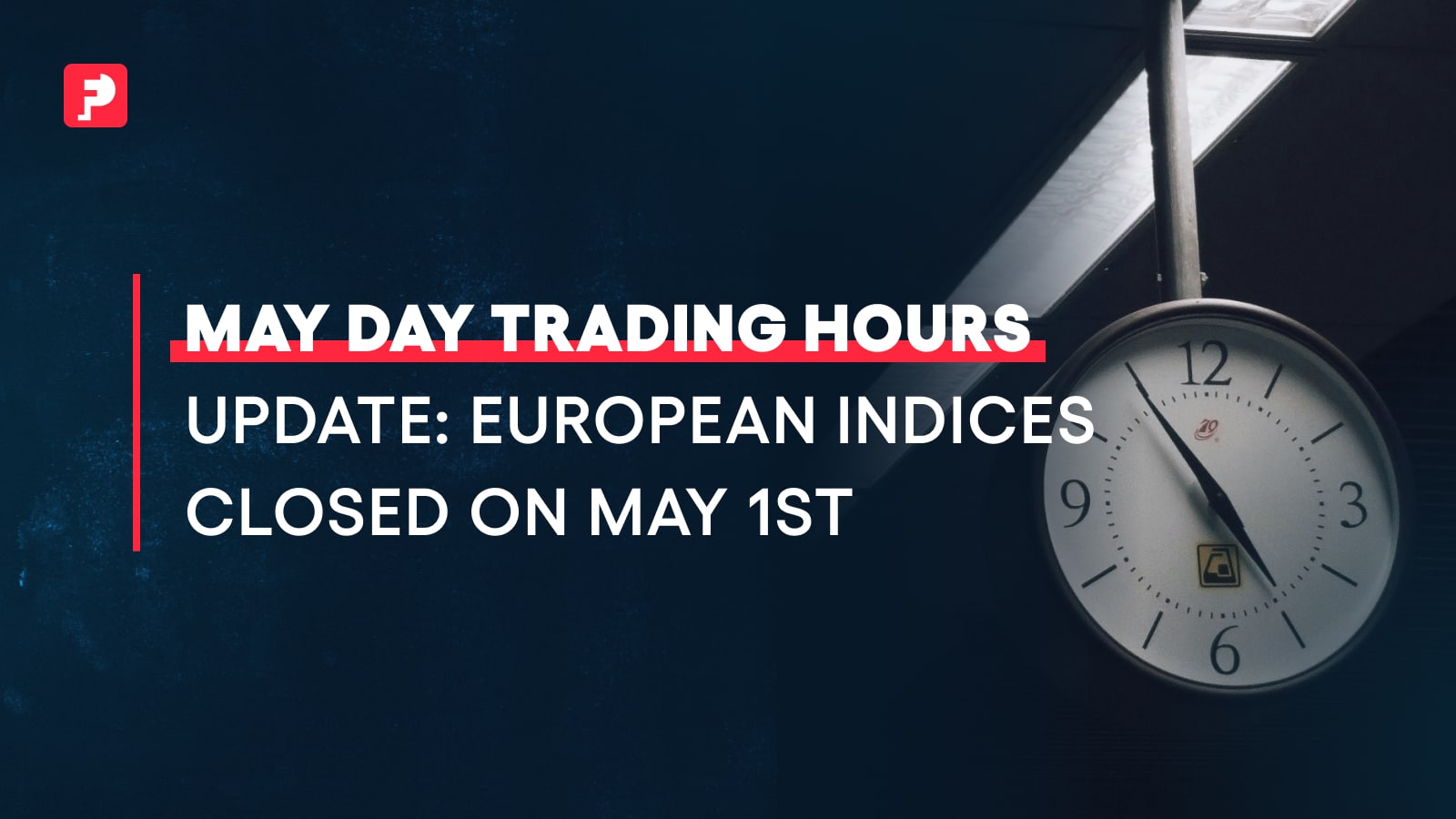
EUR/USD Slips Below $1.08 as US Dollar Flirts With a Comeback Ahead of Jobs Data
Key Takeaways
- The EUR/USD pair starts to retract some of November’s gains
- The dollar makes a recovery attempt ahead of nonfarm jobs data
Play the Majors
The EUR/USD pair is facing downward pressure at the hands of a stronger dollar, reaching a fresh weekly low of $1.0770 before settling back to the $1.0790 level. The euro weakened against a strengthening dollar as investors raised their bets on the Federal Reserve cutting its benchmark interest rate in 2024.
Although the dollar index suffered in November, reaching a monthly low of 102.62, it seems to be scraping its way back to more stable levels, trading Wednesday morning at 103.90.
The minor gains strike ahead of Friday’s US nonfarm payroll data. A strong indicator of the overall health of the US economy, market participants eagerly lean into the print for insights into the Fed’s interest rate outlook.
Ahead of the data, investors are placing their eggs in the rate-cut basket as approximately 190,000 jobs are expected to have been created in November. The forecast aligns with expectations for October’s data, where the outcome was only slightly lower than analysts’ projections, with 150,000 private sector and government positions opened for the month. The lower-than-expected numbers were seen as a positive turn – of course, within the context of the Fed’s hawkish commitment to reducing inflation.
Take Stock
Stocks were mixed as the major indexes reacted to fresh jobs data released by the US Bureau of Labor Statistics. The tech-heavy Nasdaq was the session’s only gainer, advancing 0.3%. The Dow Jones Industrial Average struck a loss of 0.2%, while the benchmark S&P 500 mostly stayed flat, erasing a tiny 0.06%.
Tuesday’s job openings report showed cooling labor demand within the US, with jobs advertised falling to only 8.73 million in October, down from 9.35 million in September. Taking this data and Friday’s nonfarm report together, investors are cautiously optimistic for a “soft landing” – practically, an end to high inflation without falling into recession.
For traders, the currency market, also known as forex, is a dynamic and sometimes harsh aspect of the overall financial landscape. Keep on top of what moves markets by staying one step ahead of economic news, such as the nonfarm payroll data. Stay vigilant and, without straying too far from your strategy, adapt to the flow of the markets.



